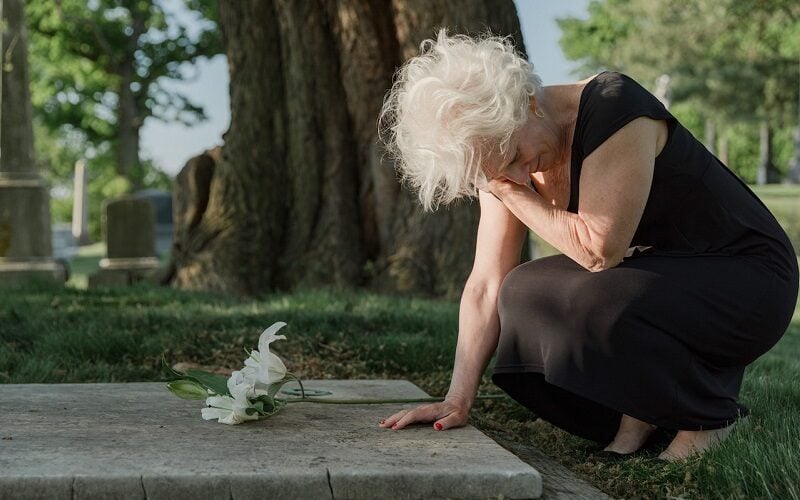How Can a Professional Help Ease Grief
Grieving is a life-altering process and state. Navigating loss in close relationships is tough, especially with those we care about deeply. Many cope, yet some seek counseling for prolonged distress. Grieving has no right or wrong way, but coping strategies exist. Therapist encourages self-care amid major loss stress, recognizing its emotional and physical toll. The following are ways a professional can help ease your grief:
Ways a professional can help ease your grief:
- Encourage you to face your feelings – Grief can be suppressed, but it can’t be avoided forever. Healing requires acknowledging pain; avoiding sadness and loss prolongs the grieving process. Complications such as depression, anxiety, substance abuse, and health problems are common when grief is unresolved.
- Encourage the expression of feelings – Writing down your thoughts and feelings in a journal helps, especially when the person involved struggles to talk about them with others. Engaging in a creative activity or volunteering are also ways to relieve stress.
- Encourage you to maintain your hobbies and interests – Routine and the recommencement of activities that bring joy and connect you closer to others tend to provide a lot of comfort.
- Suggest the avoidance of others telling you how to feel and of you telling yourself how to feel. The grieving process is very personal and you decide when you are ready to move on or get over it. Moreover, you do not need to feel embarassed or judge yourself based on the way you are feeling. As it’s fine to laugh, it’s also fine to be angry and cry.
- Prepare yourself for any grief ‘triggers’ – Events like anniversaries may trigger painful memories, resurfacing intense emotions. It helps to have someone by your side during this difficult time and plan something creative to mark your loss.
- Engaging in a role-play – The therapist can invite the client to work through earlier situations or what they would like to have said to the deceased if they were still alive. This enables clients to work through emotions and thoughts they might find uncomfortable or fear sharing. For the client, it might even feel as though the deceased is in the room.
- Writing a letter to the deceased – When unprocessed trauma is still present, the mourning process can be hindered. Therefore, the therapist can encourage the client to write a letter to the deceased to recognise their loss. It is advisable for clients to be self-compassionate, honest, and open to write what they truly feel. Clients may write about missing the person, the relationship’s significance, and express anger at being left behind.
References
Sutton, J. (2018). 10 Grief Counseling Therapy Techniques & Interventions. Retrieved from https://positivepsychology.com/grief-counseling/
Johanna Cutajar is a Master in Counselling graduate from the University of Malta. She works with children and adolescents as a counsellor within the education sector on a variety of issues including relationship issues, trauma, bereavement, transitions, and general mental health.
If you think that you can benefit from a consultation, you can reach out here.







